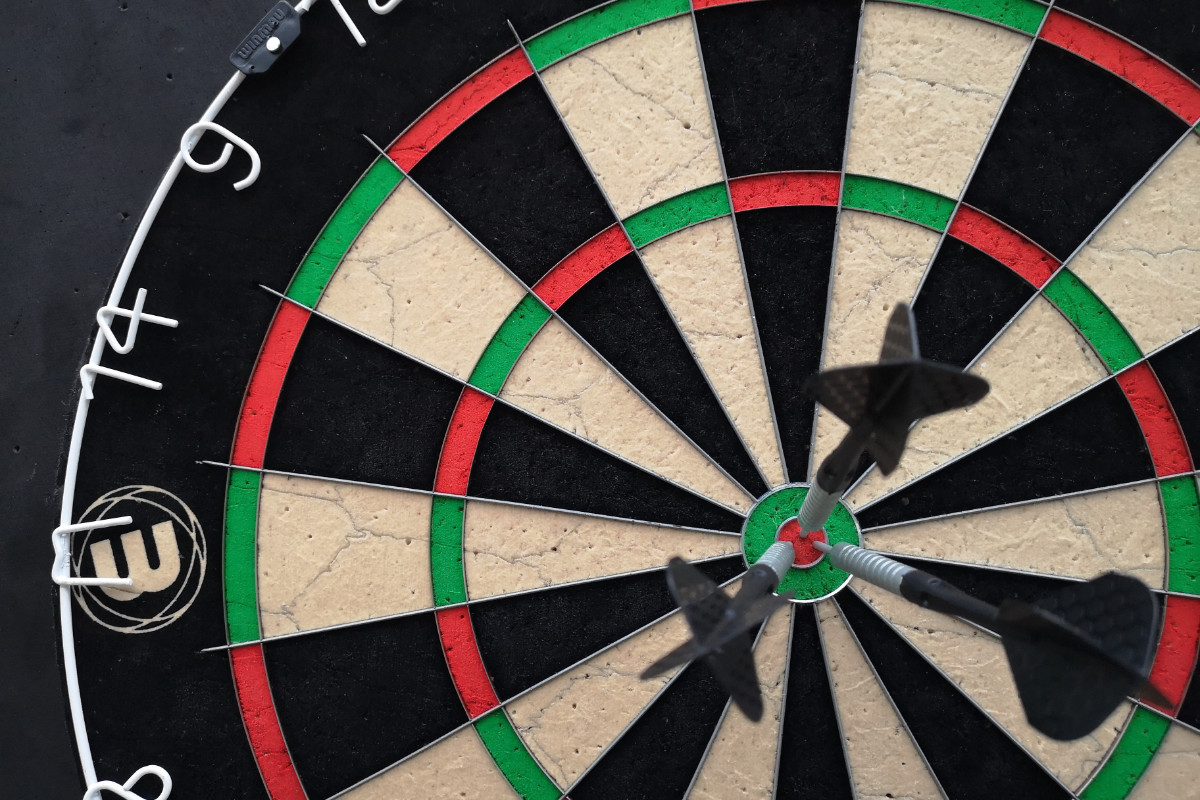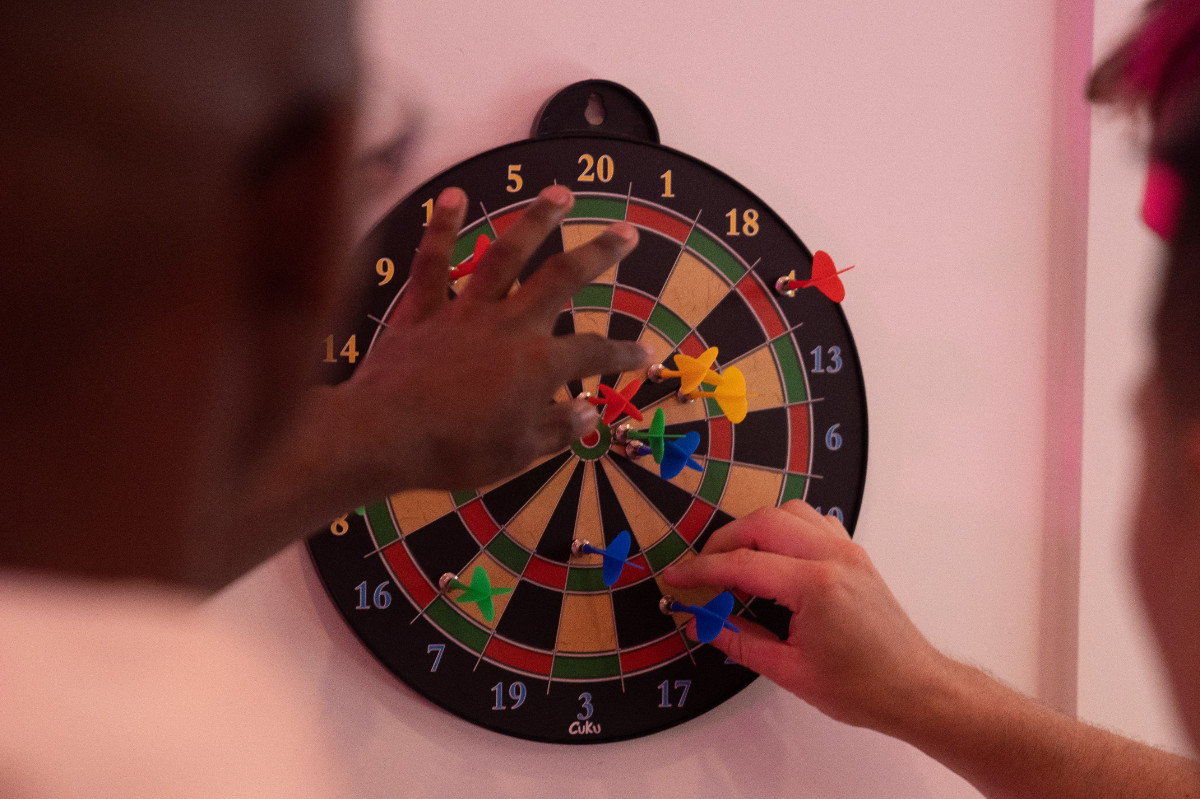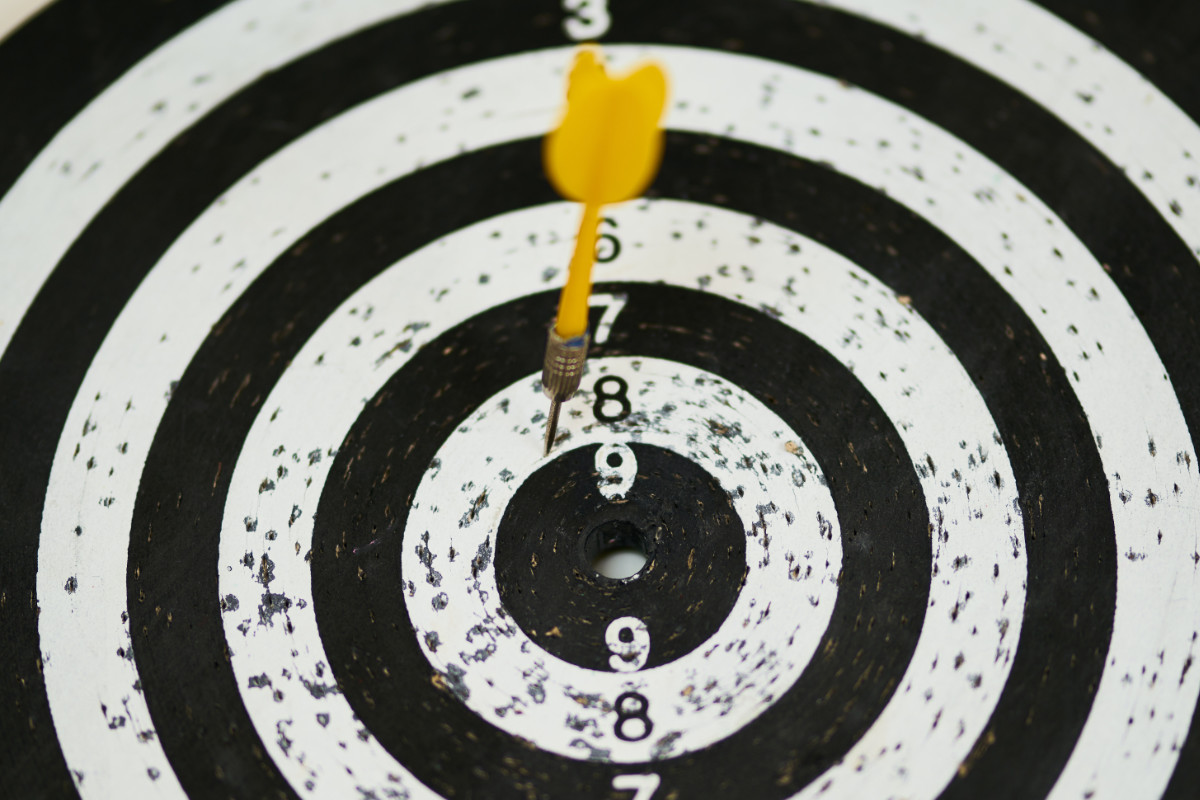Whether you’re a novice or a seasoned player, the way you hold a dart can significantly impact your accuracy and consistency. This blog post will provide a comprehensive guide to help you perfect your dart grip, including expert tips, techniques, and best practices to enhance your control and improve your overall performance.
Understanding the Importance of Your Dart Grip
A proper dart grip is crucial for maintaining stability and control during your throw. The right grip can help you achieve consistent release and follow-through, leading to improved accuracy and better results on the dartboard. Remember, there isn’t a one-size-fits-all approach to gripping a dart, so it’s essential to find a grip style that works best for you.
Key Components of an Effective Dart Grip
Before we dive into specific grip techniques, let’s explore the fundamental components of an effective dart grip:
- Relaxed grip: Your grip should be firm yet relaxed, as excessive tension can lead to inconsistencies in your throw.
- Finger placement: The ideal grip involves using two to four fingers to support and stabilize the dart, while the thumb acts as a guide for the direction of the throw.
- Balance: Find the balance point of the dart to ensure a stable and consistent release.
- Minimal contact: Avoid gripping the dart with too many fingers or touching the flight, as this can interfere with the dart’s trajectory.
Techniques for Holding a Dart Perfectly
Now that you know the fundamentals of an effective dart grip, let’s explore some popular grip techniques:
- The Three-Finger Grip: This grip involves placing your thumb on the bottom of the dart, your index finger on the front, and your middle finger on the side. The three-finger grip offers excellent control and stability.
- The Four-Finger Grip: Similar to the three-finger grip, but with the addition of the ring finger on the side of the dart. This grip provides extra stability, especially for players with larger hands.
- The Pencil Grip: Hold the dart as you would a pencil, with the thumb and index finger supporting the barrel, and the middle finger resting on the point. This grip allows for precision and control.
Experiment with these techniques to find the grip style that feels most comfortable and natural for you.
Best Practices for Perfecting Your Dart Grip
Here are some best practices to help you perfect your dart grip and improve your overall performance:
- Find your balance point: Each dart has a unique balance point, so take the time to find the optimal grip position for your specific darts.
- Practice consistently: Regular practice is essential for mastering your grip and improving your throwing technique. Set aside time each week to practice and refine your grip.
- Analyze and adjust: Regularly assess your grip and throwing technique, and make adjustments as needed. Keep an open mind and be willing to experiment with different grip styles to find what works best for you.
- Consider your dart setup: The type of darts you use can impact your grip. Factors such as barrel shape, weight, and texture can influence your grip preferences, so choose darts that suit your grip style and throwing technique.
- Learn from the pros: Observe professional players and analyze their grip techniques to gain insights and inspiration. However, always keep in mind that what works for one player may not work for you, so adapt their techniques to suit your unique style.
Conclusion
Learning how to hold a dart perfectly is a crucial aspect of improving your darts performance. By understanding the key components of an effective grip, exploring different grip techniques, and following the best practices outlined in this guide, you’ll be well on your way to mastering the art of holding a dart. Remember that practice, patience, and a willingness to experiment are essential for finding the perfect grip for you. Happy throwing!



